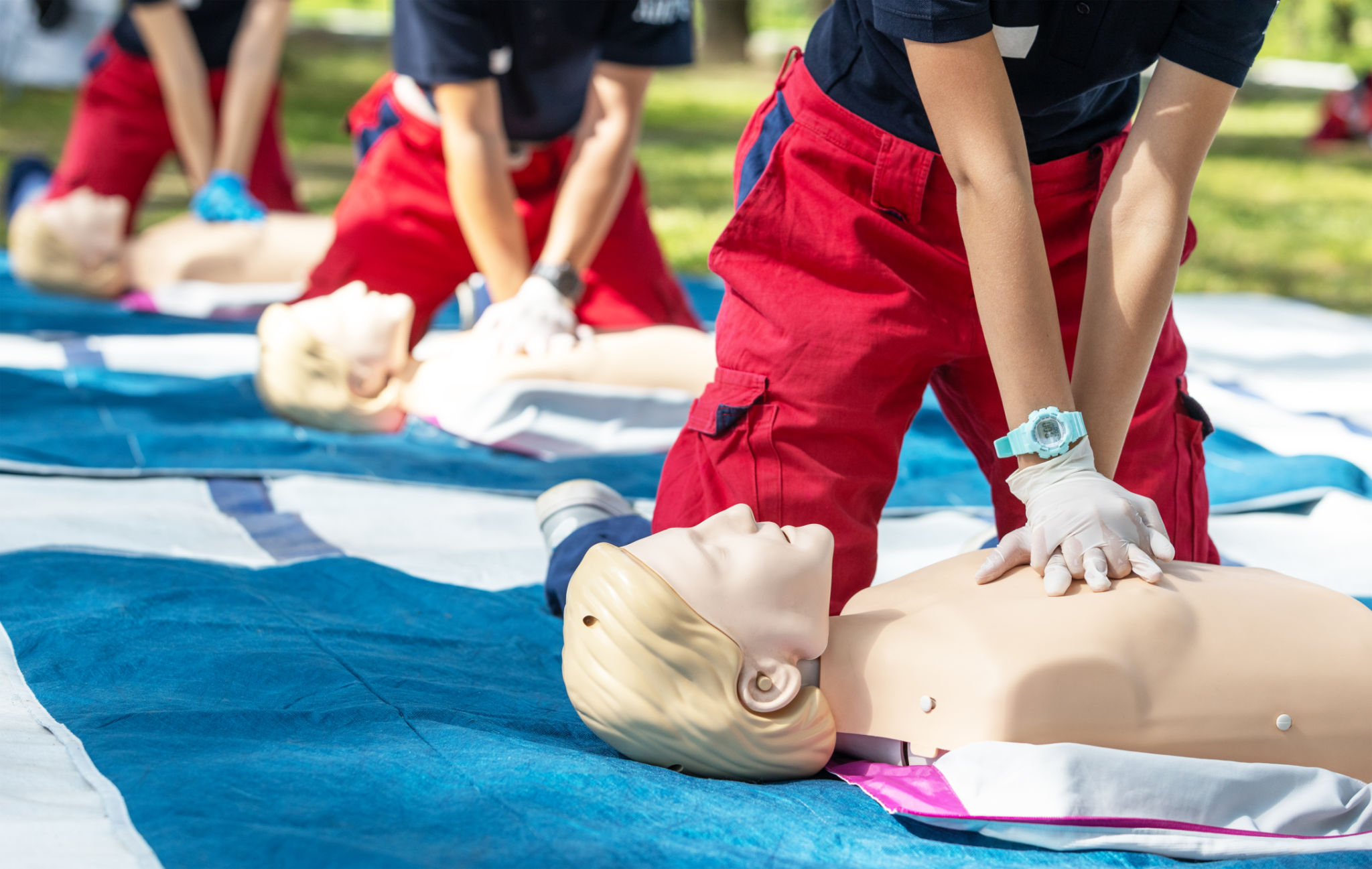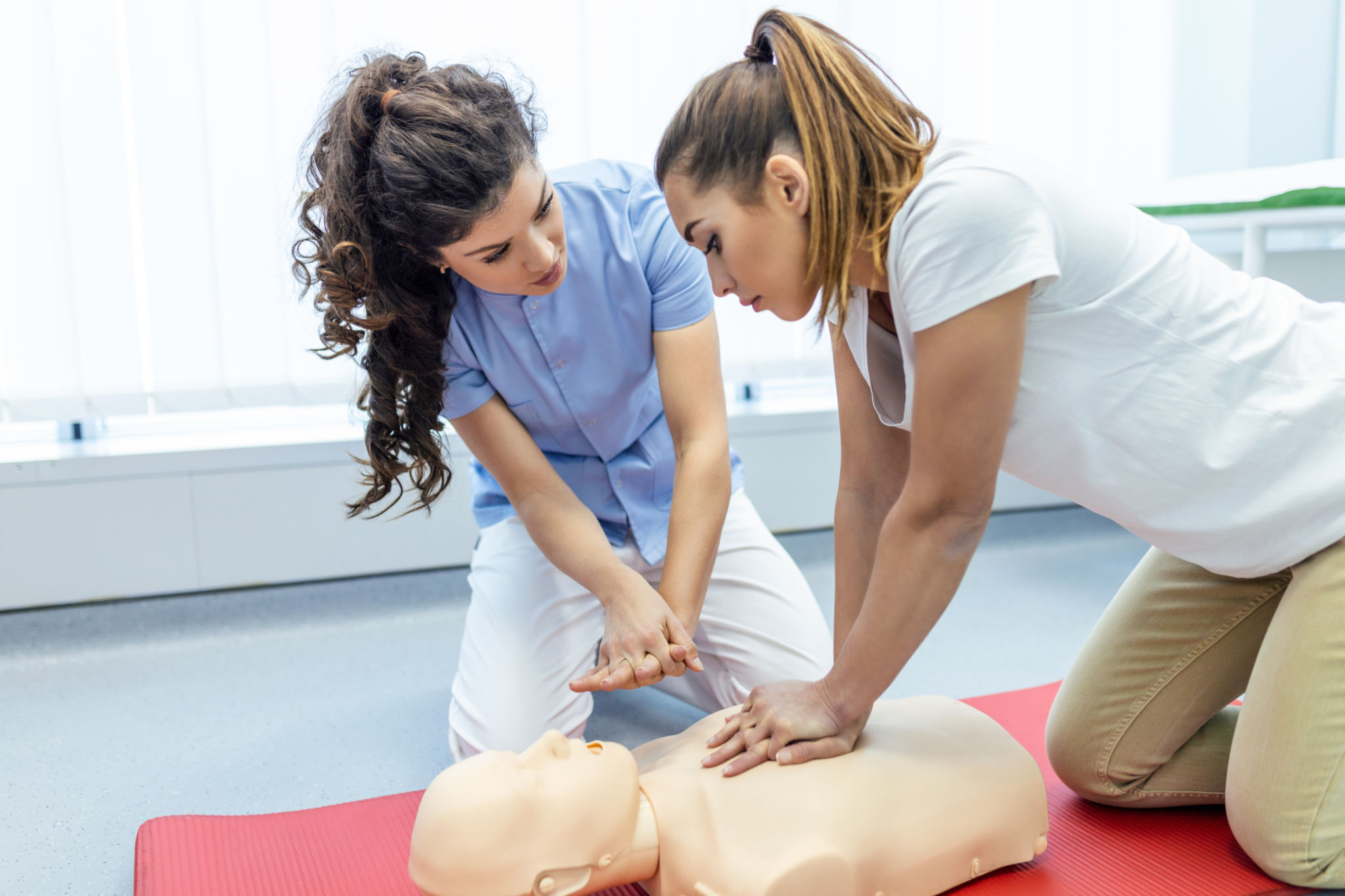What to Expect from a First Aid and CPR Class in Pennsylvania
Introduction to First Aid and CPR Classes
Taking a First Aid and CPR class is an invaluable skill that can empower you to act swiftly and confidently in emergency situations. In Pennsylvania, these classes are designed to cover essential life-saving techniques, ensuring you are prepared for a variety of scenarios. Whether you’re a parent, teacher, coach, or simply someone who wants to be able to help others, these classes provide the foundational knowledge you need.

What Will You Learn?
In a typical First Aid and CPR class, you will cover a comprehensive curriculum that includes both theoretical knowledge and practical skills. Students will learn how to assess emergency situations, administer CPR, and use an Automated External Defibrillator (AED). Key topics include handling injuries, sudden illnesses, bleeding, and shock. These classes aim to equip you with the confidence to provide first aid care effectively.
CPR Techniques
The Cardiopulmonary Resuscitation (CPR) portion of the class focuses on teaching the proper techniques for chest compressions and rescue breathing. Participants will practice on manikins to ensure they can perform CPR correctly. This hands-on experience is crucial for understanding the depth and pace required for effective CPR.
First Aid Skills
The first aid component covers how to respond to a variety of emergencies, including cuts, burns, fractures, and allergic reactions. You’ll learn how to properly clean wounds, apply bandages, and stabilize injuries until professional help arrives. Understanding these skills can make a significant difference in the outcome of an emergency.

The Structure of the Class
First Aid and CPR classes in Pennsylvania typically last from a few hours to a full day, depending on the depth of training. Classes often begin with an introduction to the basic principles of first aid, followed by demonstrations and hands-on practice. This structured approach ensures that participants can absorb and retain the information effectively.
Certification Process
Upon completion of the class, participants may need to pass a written or practical exam to receive their certification. This certification is usually valid for two years, after which a refresher course is recommended to keep your skills up to date. Maintaining certification ensures that you are always prepared to handle any emergency situation.

Choosing the Right Class
When selecting a First Aid and CPR class in Pennsylvania, consider factors such as location, cost, and the qualifications of the instructors. Many organizations offer both in-person and online classes, giving you the flexibility to choose what best fits your schedule. Ensure that the course is recognized by reputable bodies like the American Red Cross or the American Heart Association.
Benefits of Taking a Class
The benefits of taking a First Aid and CPR class extend beyond being able to assist others in emergencies. These courses also increase your self-confidence and peace of mind. Knowing you have the skills to potentially save a life is empowering and can make you a valuable resource in your community.
Final Thoughts
Participating in a First Aid and CPR class is a proactive step towards ensuring safety for yourself and those around you. By understanding what to expect from these classes in Pennsylvania, you can better prepare for the training and make the most of your learning experience. Remember, being prepared is not just about acquiring knowledge but also about gaining the confidence to act when it matters most.